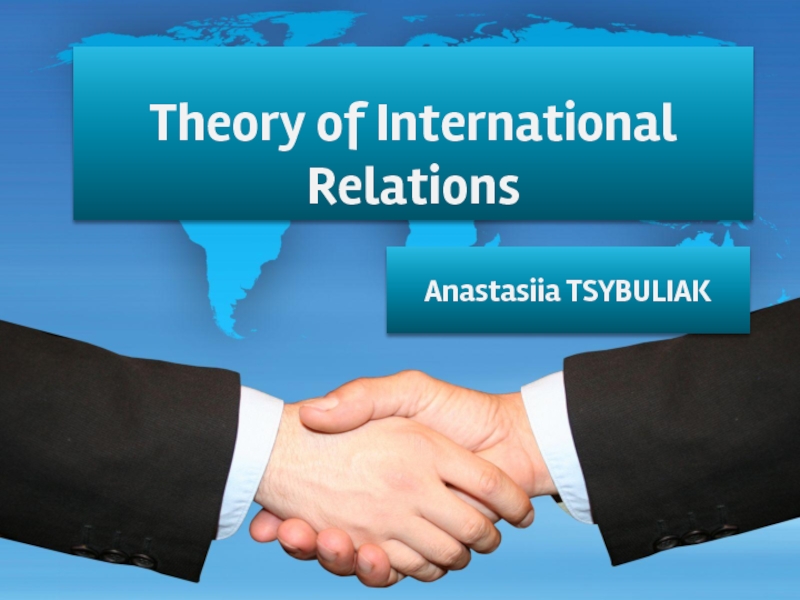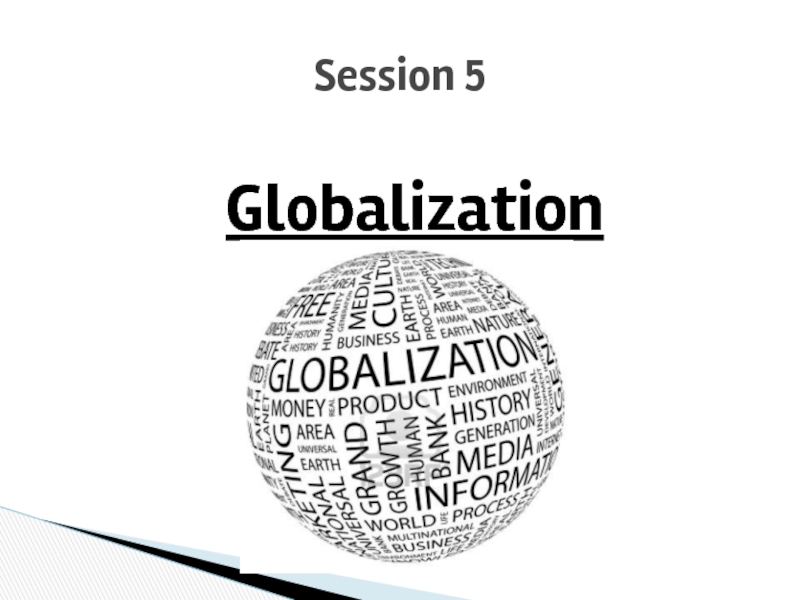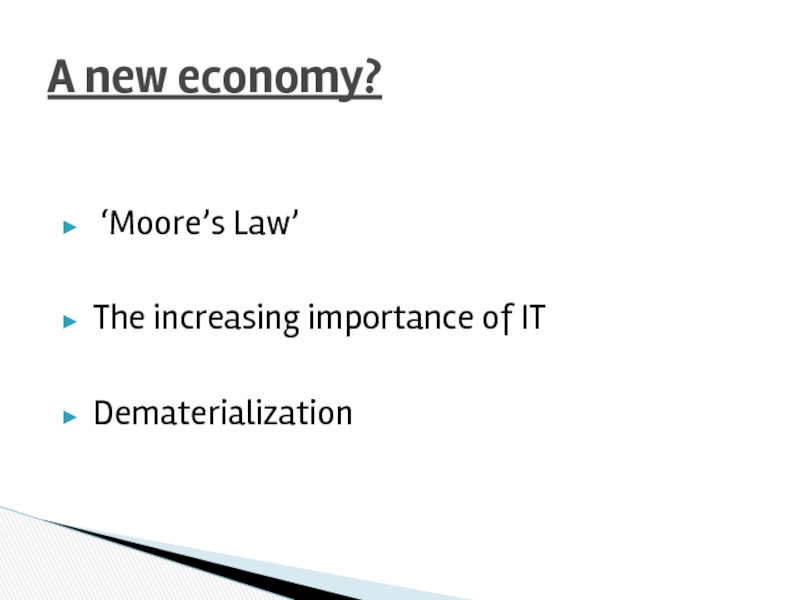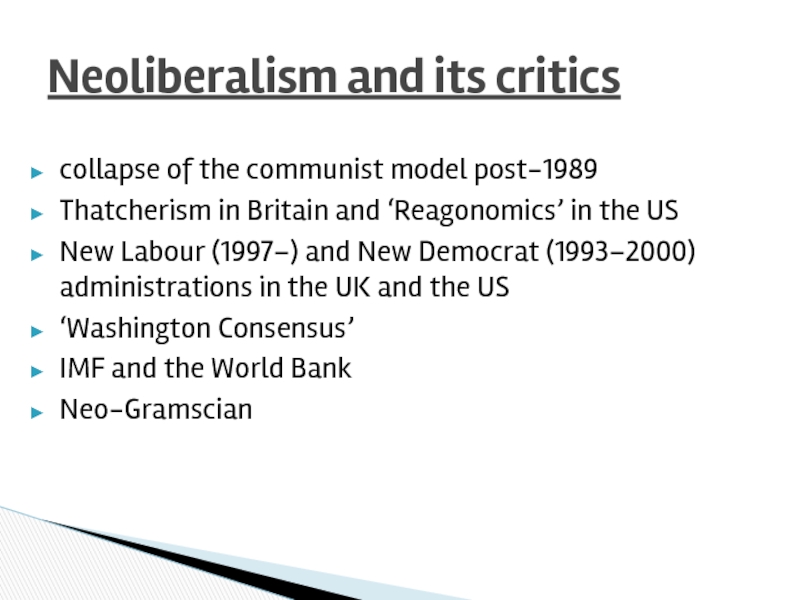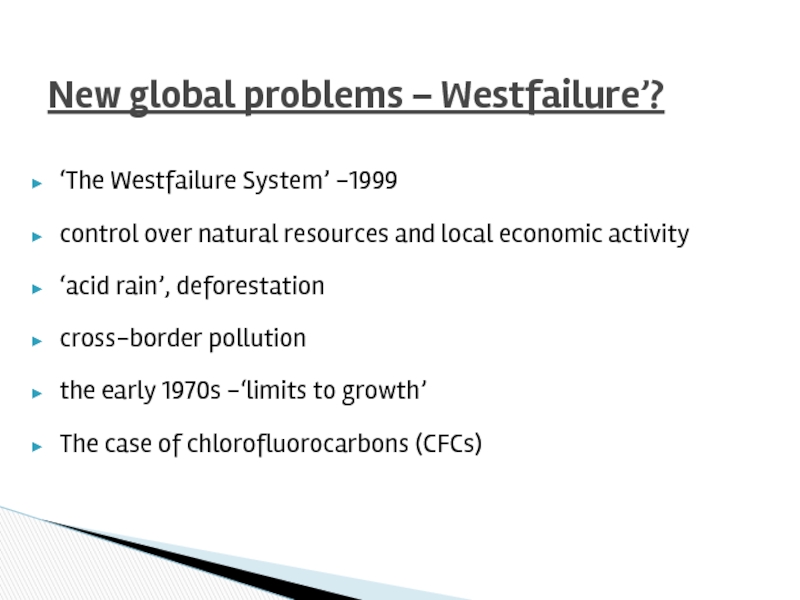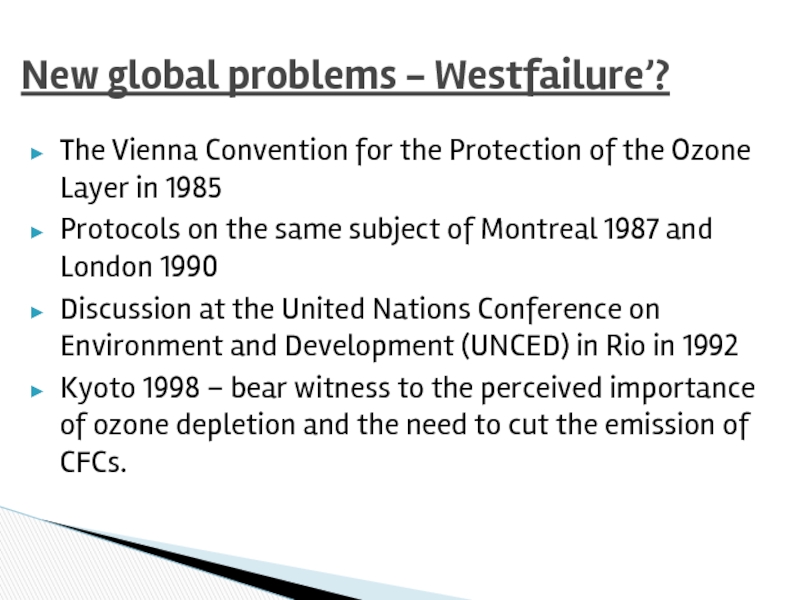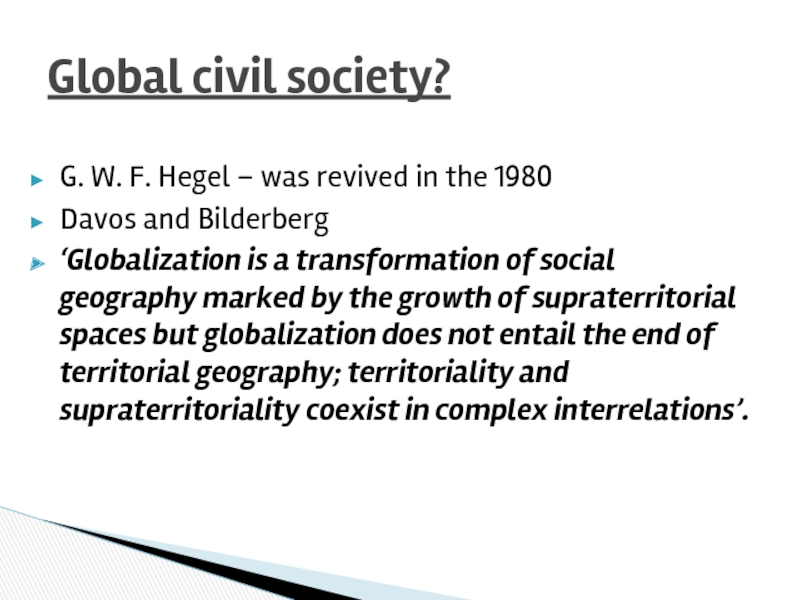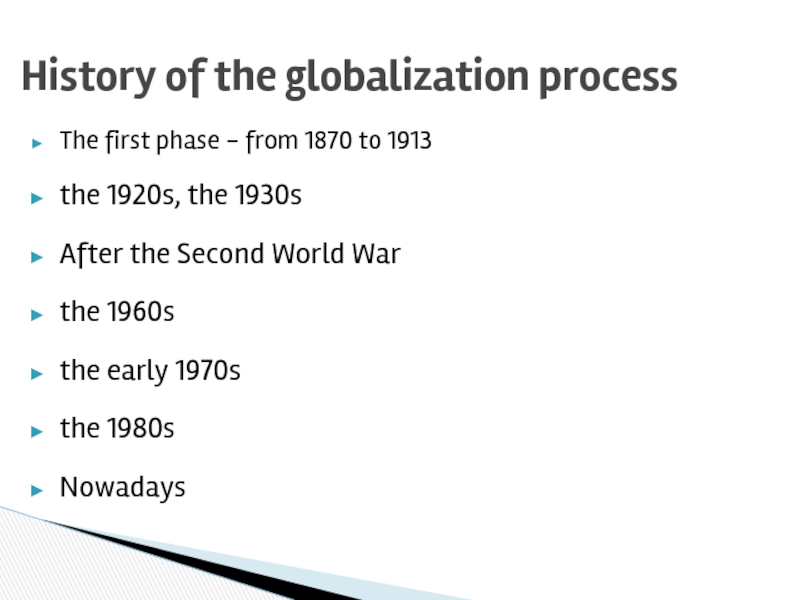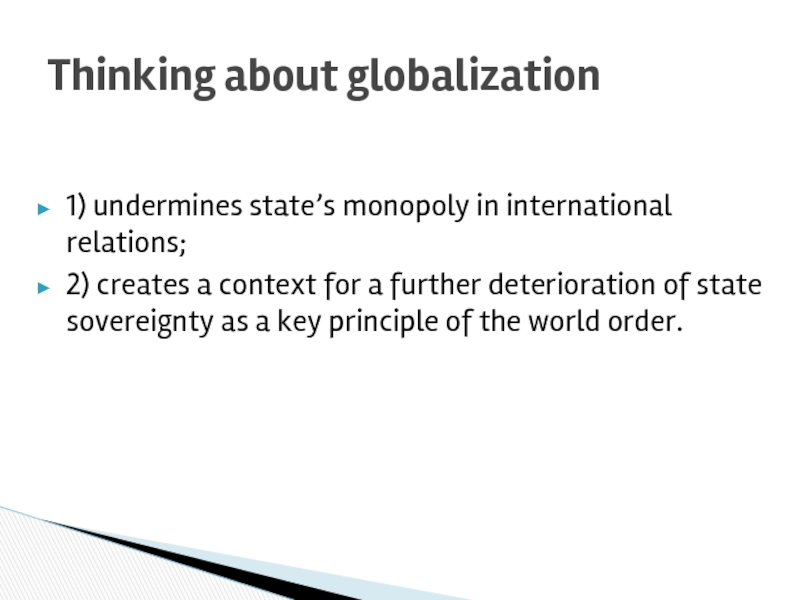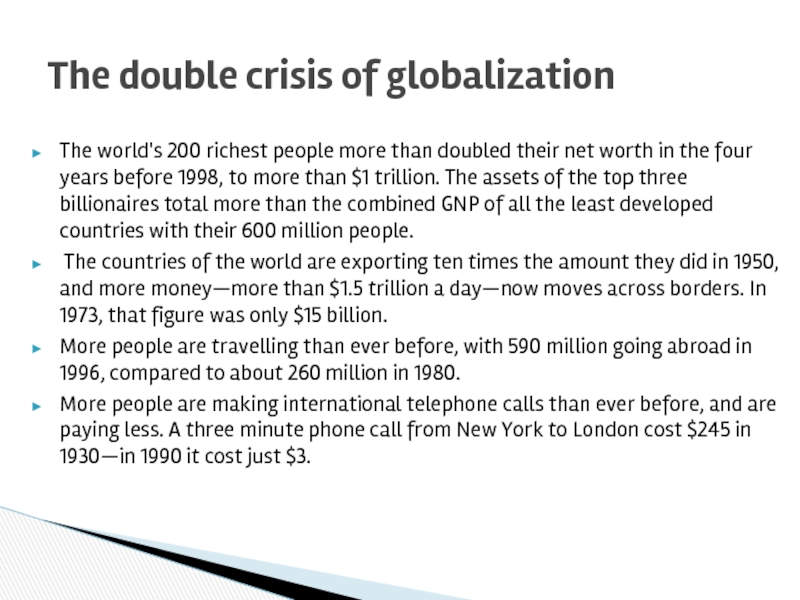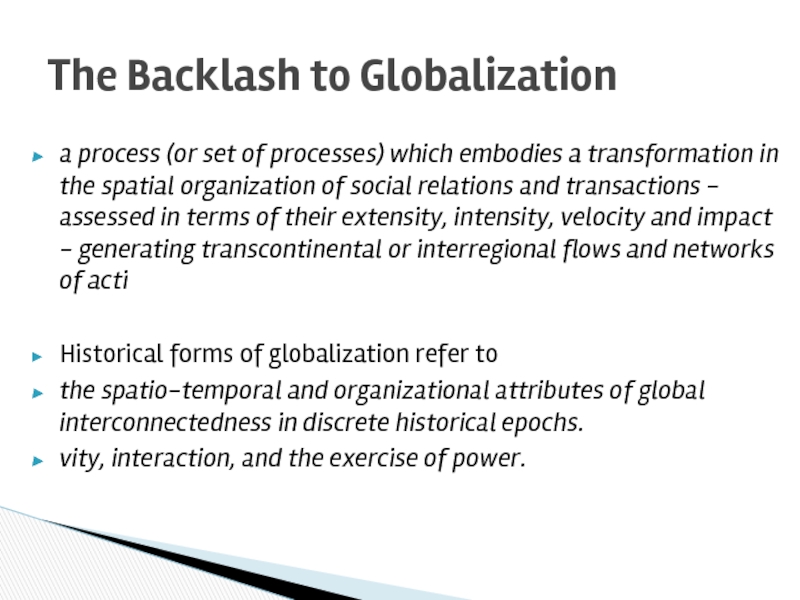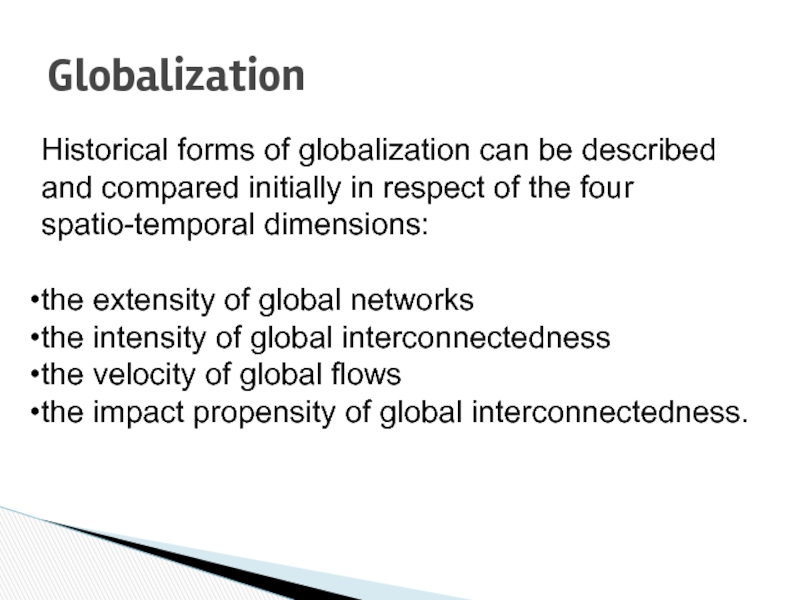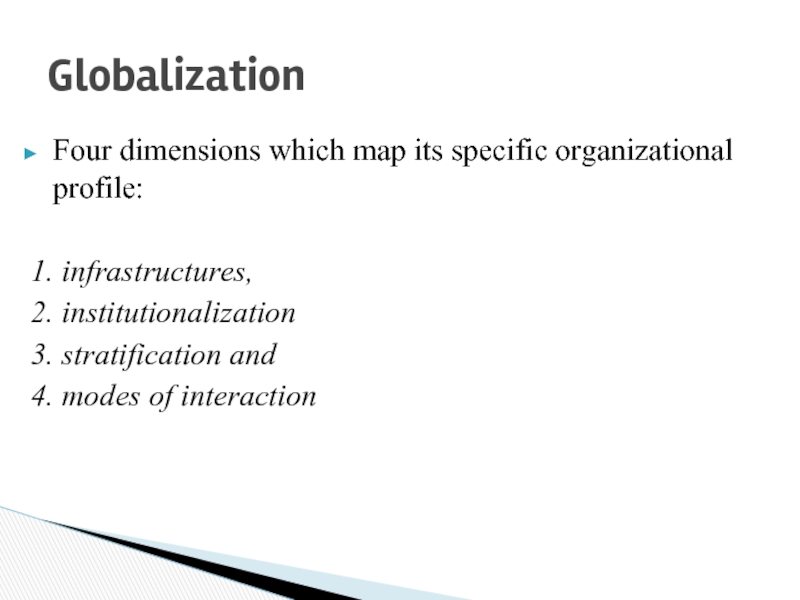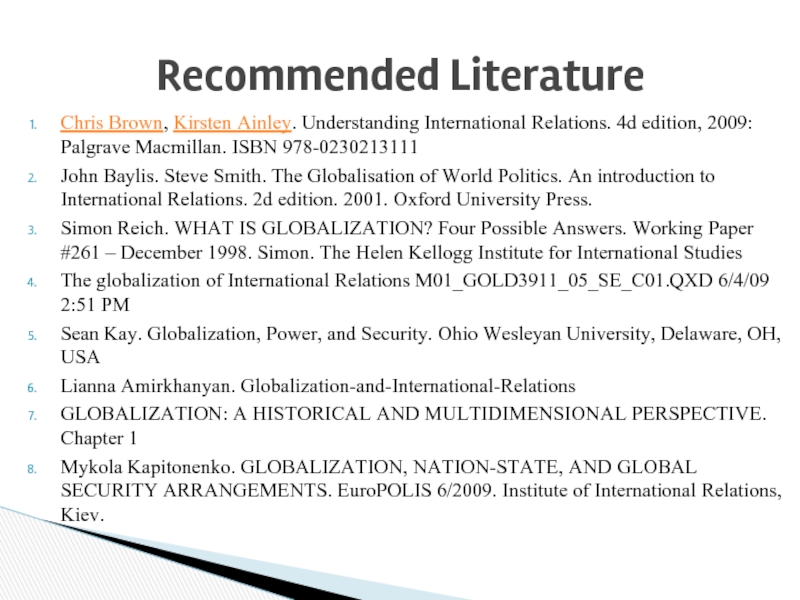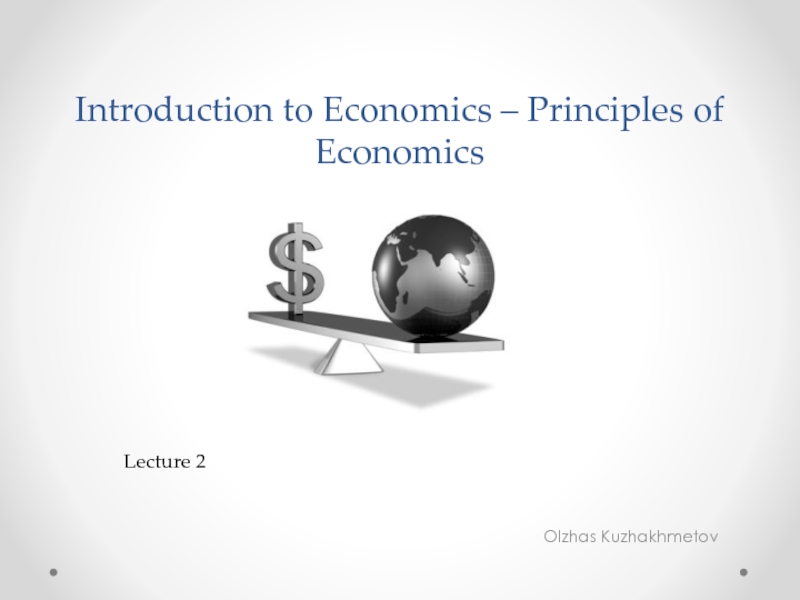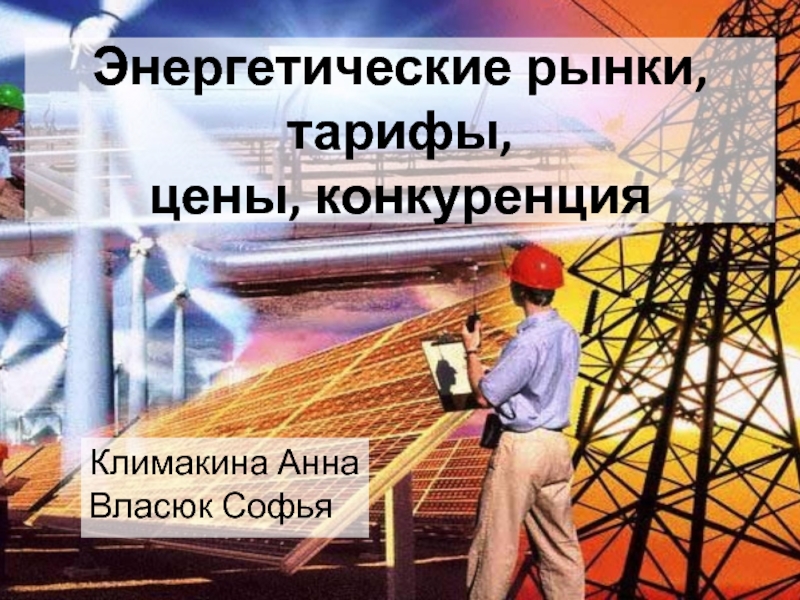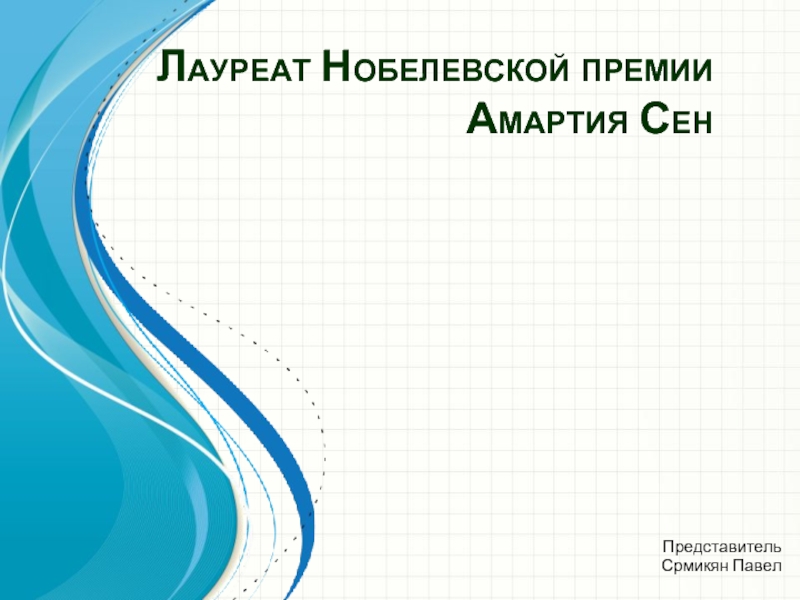- Главная
- Разное
- Дизайн
- Бизнес и предпринимательство
- Аналитика
- Образование
- Развлечения
- Красота и здоровье
- Финансы
- Государство
- Путешествия
- Спорт
- Недвижимость
- Армия
- Графика
- Культурология
- Еда и кулинария
- Лингвистика
- Английский язык
- Астрономия
- Алгебра
- Биология
- География
- Детские презентации
- Информатика
- История
- Литература
- Маркетинг
- Математика
- Медицина
- Менеджмент
- Музыка
- МХК
- Немецкий язык
- ОБЖ
- Обществознание
- Окружающий мир
- Педагогика
- Русский язык
- Технология
- Физика
- Философия
- Химия
- Шаблоны, картинки для презентаций
- Экология
- Экономика
- Юриспруденция
Theory of International Relations. Session 5 презентация
Содержание
- 1. Theory of International Relations. Session 5
- 2. Globalization Session 5
- 3. ‘Moore’s Law’ The
- 4. collapse of the communist model post-1989
- 5. ‘The Westfailure System’ -1999 control over natural
- 6. The Vienna Convention for the Protection of
- 7. G. W. F. Hegel – was revived
- 8. The first phase - from 1870 to
- 9. 1) undermines state’s monopoly in international
- 10. The double crisis of globalization
- 11. The world's 200 richest people more than
- 12. a process (or set of processes) which
- 13. Globalization Historical forms of globalization
- 14. Four dimensions which map its specific organizational
- 15. Chris Brown, Kirsten Ainley. Understanding International Relations. 4d
- 16. Information about the Professor Anastasiia Tsybuliak PhD in Political Science Contacts: +30673103355 an.tibuleac@glossary.com.ua
Слайд 4
collapse of the communist model post-1989
Thatcherism in Britain and ‘Reagonomics’ in
New Labour (1997–) and New Democrat (1993–2000) administrations in the UK and the US
‘Washington Consensus’
IMF and the World Bank
Neo-Gramscian
Neoliberalism and its critics
Слайд 5‘The Westfailure System’ -1999
control over natural resources and local economic activity
‘acid
cross-border pollution
the early 1970s -‘limits to growth’
The case of chlorofluorocarbons (CFCs)
New global problems – Westfailure’?
Слайд 6The Vienna Convention for the Protection of the Ozone Layer in
Protocols on the same subject of Montreal 1987 and London 1990
Discussion at the United Nations Conference on Environment and Development (UNCED) in Rio in 1992
Kyoto 1998 – bear witness to the perceived importance of ozone depletion and the need to cut the emission of CFCs.
New global problems - Westfailure’?
Слайд 7G. W. F. Hegel – was revived in the 1980
Davos and
‘Globalization is a transformation of social geography marked by the growth of supraterritorial spaces but globalization does not entail the end of territorial geography; territoriality and supraterritoriality coexist in complex interrelations’.
Global civil society?
Слайд 8The first phase - from 1870 to 1913
the 1920s, the 1930s
After
the 1960s
the early 1970s
the 1980s
Nowadays
History of the globalization process
Слайд 9
1) undermines state’s monopoly in international relations;
2) creates a context
Thinking about globalization
Слайд 10
The double crisis of globalization
Of the world's six billion people,
Industrialized countries, with 19 per cent of the world's population, account for 71% of global trade in goods and services, 58 per cent of foreign direct investment, and 91% of all Internet users.
More than US$1.5 billion is now exchanged on the world's currency markets each day.
Foreign investment topped US$400 billion in 1997, seven times the level, in real terms, of the 1970s.
Between 1983 and 1993, cross-border sales of US Treasury bonds increased from $30 billion to $500 billion per year.
International bank lending grew from $265 billion in 1975 to $4.2 trillion in 1994.
Слайд 11The world's 200 richest people more than doubled their net worth
The countries of the world are exporting ten times the amount they did in 1950, and more money—more than $1.5 trillion a day—now moves across borders. In 1973, that figure was only $15 billion.
More people are travelling than ever before, with 590 million going abroad in 1996, compared to about 260 million in 1980.
More people are making international telephone calls than ever before, and are paying less. A three minute phone call from New York to London cost $245 in 1930—in 1990 it cost just $3.
The double crisis of globalization
Слайд 12a process (or set of processes) which embodies a transformation in
Historical forms of globalization refer to
the spatio-temporal and organizational attributes of global interconnectedness in discrete historical epochs.
vity, interaction, and the exercise of power.
The Backlash to Globalization
Слайд 13
Globalization
Historical forms of globalization can be described and compared initially in
the extensity of global networks
the intensity of global interconnectedness
the velocity of global flows
the impact propensity of global interconnectedness.
Слайд 14Four dimensions which map its specific organizational profile:
1. infrastructures,
2. institutionalization
3.
4. modes of interaction
Globalization
Слайд 15Chris Brown, Kirsten Ainley. Understanding International Relations. 4d edition, 2009: Palgrave Macmillan.
John Baylis. Steve Smith. The Globalisation of World Politics. An introduction to International Relations. 2d edition. 2001. Oxford University Press.
Simon Reich. WHAT IS GLOBALIZATION? Four Possible Answers. Working Paper #261 – December 1998. Simon. The Helen Kellogg Institute for International Studies
The globalization of International Relations M01_GOLD3911_05_SE_C01.QXD 6/4/09 2:51 PM
Sean Kay. Globalization, Power, and Security. Ohio Wesleyan University, Delaware, OH, USA
Lianna Amirkhanyan. Globalization-and-International-Relations
GLOBALIZATION: A HISTORICAL AND MULTIDIMENSIONAL PERSPECTIVE. Chapter 1
Mykola Kapitonenko. GLOBALIZATION, NATION-STATE, AND GLOBAL SECURITY ARRANGEMENTS. EuroPOLIS 6/2009. Institute of International Relations, Kiev.
Recommended Literature
